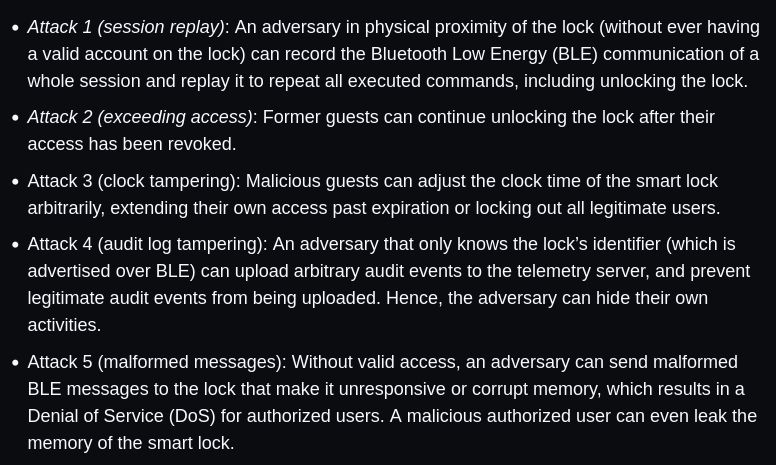
https://mirohaller.com
This year's motto is "cryptography under real-world constraints and threat models", but other applied cryptography is also very welcome.
All info is on: caw.cryptanalysis.fun.

This year's motto is "cryptography under real-world constraints and threat models", but other applied cryptography is also very welcome.
All info is on: caw.cryptanalysis.fun.
If you're in Seattle, come to our talk given by Chengsong, one of the students I mentored for this paper.

If you're in Seattle, come to our talk given by Chengsong, one of the students I mentored for this paper.
The program on the website: caw.cryptanalysis.fun
The program on the website: caw.cryptanalysis.fun
Register on our website before May 2 (free): caw.cryptanalysis.fun
The updated program is below.

Register on our website before May 2 (free): caw.cryptanalysis.fun
The updated program is below.
More info: caw.cryptanalysis.fun#student-regi...

More info: caw.cryptanalysis.fun#student-regi...
#CAW focuses on the construction and analysis of cryptography built for practice.
This thread gives a quick overview; the full program and abstracts are here: caw.cryptanalysis.fun#program

#CAW focuses on the construction and analysis of cryptography built for practice.
This thread gives a quick overview; the full program and abstracts are here: caw.cryptanalysis.fun#program
Then consider submitting a talk on applied, constructive cryptography to CAW. Our call for talks is open until Feb 7.
#CAW focuses on the construction and analysis of cryptography built for practice, bridging the gap between research and real-world applications.
Our call of talks is currently open: caw.cryptanalysis.fun
Then consider submitting a talk on applied, constructive cryptography to CAW. Our call for talks is open until Feb 7.
#CAW focuses on the construction and analysis of cryptography built for practice, bridging the gap between research and real-world applications.
Our call of talks is currently open: caw.cryptanalysis.fun
#CAW focuses on the construction and analysis of cryptography built for practice, bridging the gap between research and real-world applications.
Our call of talks is currently open: caw.cryptanalysis.fun

